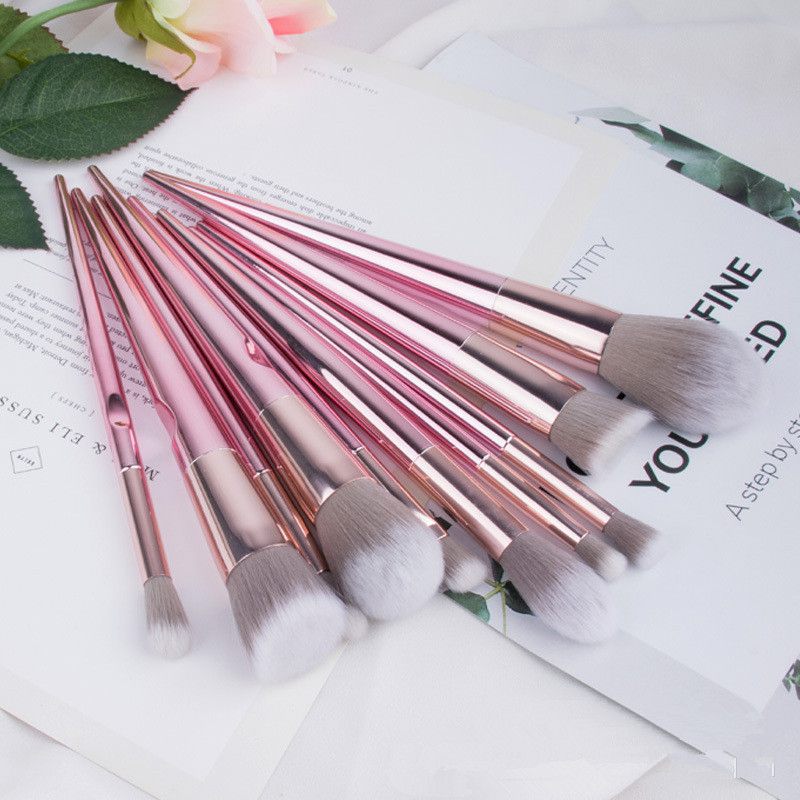Industry news
Synthetic Bristle Prices Stabilize After Two Years of Volatility: Impact on Global Brush Producers
- 850 Views
- 2025-08-22 01:32:10
Synthetic Bristle Prices Stabilize After Two Years of Volatility: Impact on Global Brush Producers
For over two years, global brush manufacturers—from large-scale cosmetic brush producers to niche art supply brands—navigated a rollercoaster of synthetic bristle price volatility. Driven by surging raw material costs, supply chain disruptions, and geopolitical tensions, the cost of synthetic bristles (a critical component for makeup brushes, paintbrushes, and industrial tools) swung wildly, squeezing profit margins and forcing operational overhauls. Now, as 2024 unfolds, industry signals point to a long-awaited stabilization in synthetic bristle prices. This shift is reshaping strategies for manufacturers worldwide, offering both relief and new challenges.

The Turbulent Years: What Drove Volatility?
To understand the current stability, it’s critical to revisit the chaos of 2022–2023. Synthetic bristles, primarily made from polymers like nylon 6 and nylon 612, rely on petrochemical feedstocks. When global oil prices spiked in 2022 (due to the Ukraine conflict and post-pandemic demand surges), feedstock costs for nylon and polyester soared by 30–40% within months. Compounding this, supply chains remained fragile: port congestions, labor shortages, and regional lockdowns delayed raw material deliveries, forcing manufacturers to pay premiums for urgent shipments. Energy costs, too, ballooned in Europe and Asia, hiking production expenses for bristle suppliers. By mid-2023, some synthetic bristle grades cost nearly double their 2021 levels, leaving small to mid-sized brush makers—who lack the bargaining power of industry giants—struggling to stay afloat.
Signs of Stability: Why Prices Are Leveling Out
Since late 2023, however, the tide has turned. Global oil prices have moderated, with Brent crude stabilizing around $75–85 per barrel (down from 2022 peaks of $120+). Petrochemical producers, having ramped up capacity to meet demand, now face softer feedstock costs, passing savings down to bristle manufacturers. Supply chains have also normalized: major ports in China, Southeast Asia, and Europe report near-pre-pandemic throughput, while air and sea freight rates have dropped by 40–50% from 2022 highs. On the demand side, post-pandemic “revenge spending” on cosmetics and personal care has eased into steady growth, reducing the urgency for panic buying or stockpiling. As a result, key synthetic bristle suppliers—from China’s Yangzhou and Japan’s Toray to Europe’s DOMO Chemicals—have held prices flat since Q1 2024, with no major hikes forecast through year-end.
Impact on Global Brush Producers: Relief, but Not Without Caveats
For brush manufacturers, price stability is transformative, but its effects vary by size and region.
Cost Predictability: A Game-Changer for Planning
Volatile bristle prices forced manufacturers into reactive mode: quarterly pricing renegotiations with clients, last-minute order cancellations, and even production halts when costs spiked. Now, stable input costs allow for longer-term budgeting. “We can finally lock in 6–12 month bristle supply contracts at fixed rates,” notes a procurement manager at a U.S.-based cosmetic brush brand. This predictability is critical for pricing strategies, too: brands can avoid frequent product price hikes, boosting consumer trust and loyalty.
Profit Margins Stabilize, Spurring Investment
After two years of shrinking margins (some manufacturers reported margins dropping from 15% to 5% due to bristle costs), stability is breathing life into balance sheets. Larger firms, such as South Korea’s Artis or China’s Sigma Beauty, are redirecting funds toward R&D—investing in softer, more durable bristle blends or sustainable alternatives like recycled nylon. Smaller players, meanwhile, are using the reprieve to rebuild cash reserves or expand production. In India and Vietnam, where brush manufacturing is a growing sector, local producers are now able to compete with Chinese imports, as bristle cost parity reduces China’s historical advantage.
Risks Remain: The Need for Caution
Yet, stability does not equal permanence. Geopolitical risks—such as renewed tensions in the Middle East or U.S.-China trade policy shifts—could reignite supply chain disruptions. Environmental regulations, too, loom: the EU’s upcoming restrictions on single-use plastics may push bristle suppliers to adopt pricier eco-friendly production methods, potentially raising costs again. Additionally, overstocking remains a pitfall











